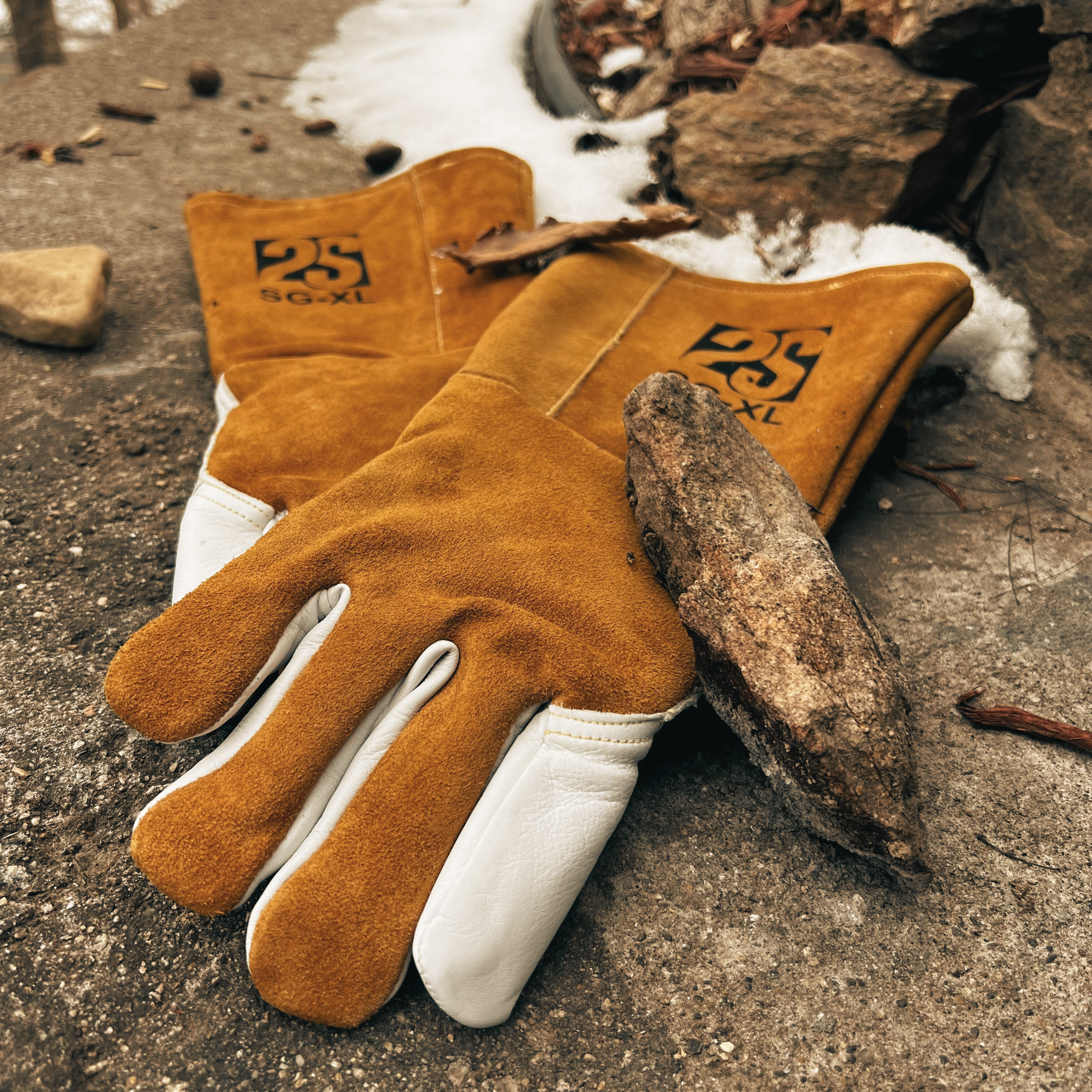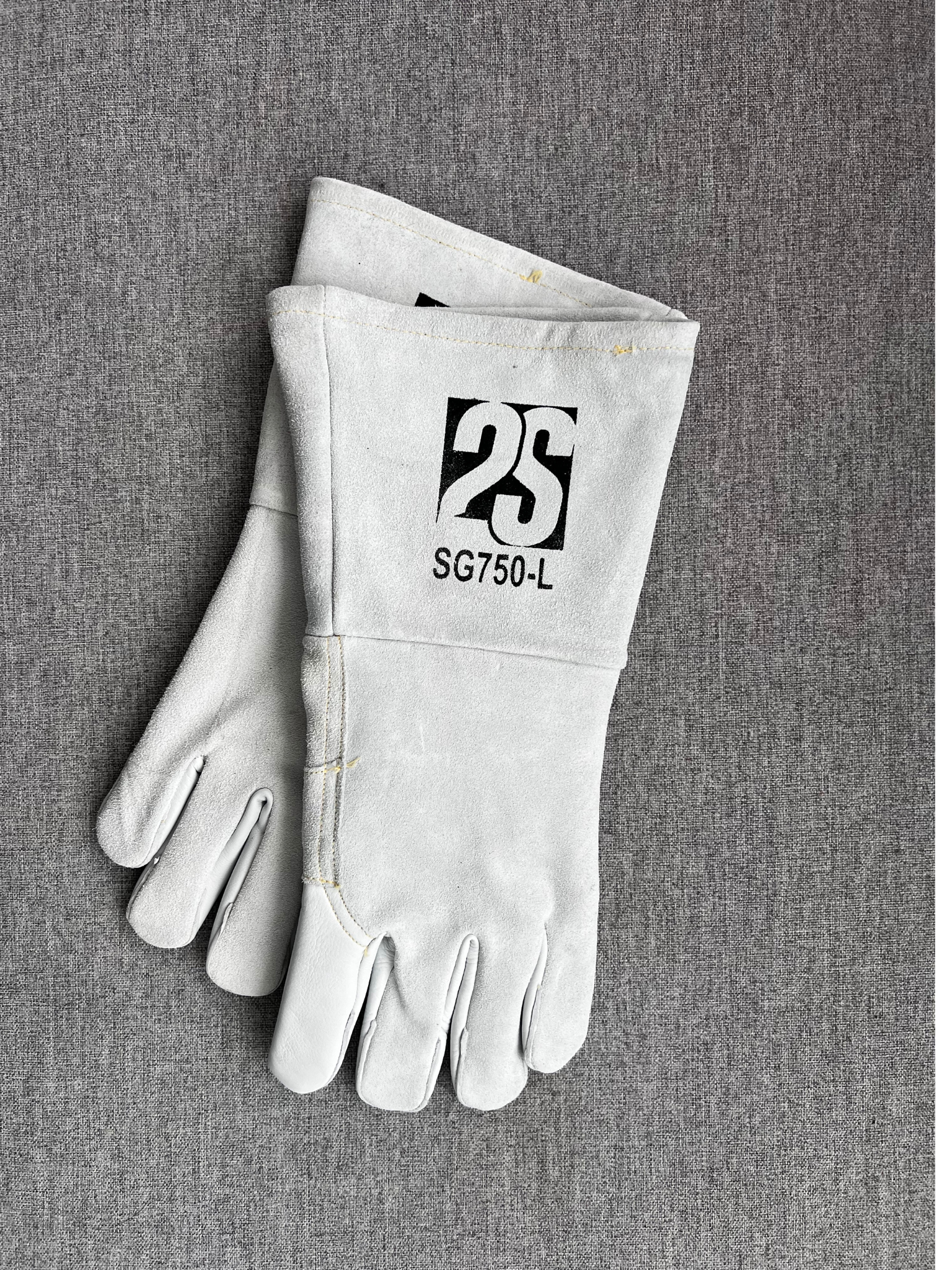The Importance of Properly Fitting Gloves
When it comes to work gloves, a proper fit is essential for both safety and performance. Ill-fitting gloves can reduce dexterity, cause discomfort, and even increase the risk of workplace accidents. Whether you're using welding gloves, mechanic gloves, or industrial gloves, ensuring the right fit is crucial.
Signs Your Gloves Are Failing You
Many workers wear protective gloves without realizing they may be compromising their grip strength and hand mobility. Here are a few telltale signs that your gloves aren’t doing their job:
-
Gloves slipping off when you move your fingers.
-
Tight gloves restricting movement, causing hand fatigue.
-
Excess fabric bunching, leading to reduced grip and precision.
-
Skin irritation or blisters, signaling poor material quality or improper fit.
The Glove Fit Test You Need
To determine if your safety gloves fit correctly, follow this simple test:
-
Flex your fingers – Your gloves should allow full range of motion without resistance.
-
Make a fist – If your leather gloves or synthetic gloves feel too tight, they may restrict circulation.
-
Check the fingertips – There should be minimal excess fabric at the tips for maximum control.
-
Pinch test – If you can pinch more than a quarter-inch of material at the palm, your gloves may be too loose.
How the Right Gloves Improve Safety
Wearing properly fitting gloves enhances hand protection and reduces workplace injuries. Heat-resistant gloves, for example, should fit snugly to prevent burns, while cut-resistant gloves should conform to your hands without restricting movement.
Choosing the Best Gloves for Your Needs
Selecting the right gloves depends on the task at hand. Consider these factors:
-
Material: Leather, nitrile, and synthetic blends offer different levels of durability and comfort.
-
Grip requirements: Some work gloves feature textured palms for better control.
-
Temperature resistance: Heat-resistant gloves protect against extreme temperatures, ideal for welders.
-
Cut protection: Cut-resistant gloves are essential for handling sharp materials.
FAQ’s
1. How often should I replace my gloves?
Gloves should be replaced when they show signs of wear, such as thinning material, holes, or decreased flexibility.
2. Can washing my gloves affect the fit?
Yes, improper washing can cause shrinkage or stretching. Always follow the manufacturer’s care instructions.
3. Are tighter gloves better for dexterity?
Not necessarily. Overly tight gloves can restrict blood flow, while a snug fit ensures comfort and functionality.
In Conclusion
Choosing the right work gloves and performing the glove fit test can make a significant difference in your hand safety and performance. If your gloves show signs of poor fit, it’s time for an upgrade. Protect your hands by ensuring your gloves fit like a second skin!



Share:
Built for Welders, Designed for Comfort—2nd Skin Has You Covered
Weld Longer, Weld Stronger—Meet the Gloves Built for Pros